|
If you are still a sewing novice and learning the proper steps to constructing a garment, "understitching" is something you will definitely need to master. Understitiching is the key to making sure all your faced and lined garments lay correctly and maintain smooth, flat edges. What Is Understitching? Understitching is a straight stitch applied to facings and linings on the inside of the garment in order to keep them flat and aligned once the garment is complete. This stitch is usually placed on top of the facing/lining layer at about 1/8" to 1/4" distance from the finished edge/seamline. It is the final finishing step completed after the facing or lining has been connected to the raw edges of the item being sewn which has already been snipped to release tension and graded if needed. By understitching, you avoid having excess fabric from the lining/facing peeking at the finished edges of the garment or completely roll to the face side of the garment. Understitching is a sewing must when you choose facings or linings as a clean finishing method. It is a stitch not visible on the outside but that plays a key role in the clean, professional look and fit of a clothing item. Hand understitching is applied by hand on very fine fabrics and tailored items that risk being damaged by a regular machine stitch. It features hand sewing techniques like pick-stitching which is more precise and less visible on the garment. Hand understitching using a pick-stitch is most commonly found on tailored collars and lapels. When To Understitch ? Understitching is necessary along all edges that have a facing or lining attached. At the point where the raw edge of the garment is sewn to the facing or lining's edge (seamline), you will need to apply a machine stitch (understitch) in order to keep this connection stable and laying flat. For that reason, understitching along faced/lined necklines, armholes and front openings (that are faced) is mandatory. Other common areas where understitching is needed are: -Along the inner layer of a waistband. -Along the underlay of most pockets. -Various types of cuffs like sleeve and pant cuffs. -Some styles of skirt/dress slits and vents that require lining or backing. -On binding when using it to clean-finish raw edges. How To Understitch: Now that you have a theoretical understanding of understitching, it's time to get to the fun stuff! Getting some hands-on experience will not only help you understand it, it will also give you the practice you need to really master it. It takes a few tries to get the understitch sewn evenly, especially along the curved edges of necklines and armholes. Believe it or not, the "evenness" of your understitch will affect the smooth curve of the neckline/armhole once complete, so keep in mind that practice makes perfect. Before you get started however, learn more about sniping the fabric to release tension along curved edges. You will need to use and understand this method in order to achieve a flat, smooth surface that is easy to understitch- Clipping the seam allowance along curved edges facilitates the process of understitching. In this sewing tutorial we'll show you an example of a curved neckline and a V-neckline both finished with a facing and requiring understitching. In addition, we'll teach you how to understitch along armhole facings. Understitching a Round Neckline Facing 1. Sew the round neck facing to the edge of the neckline at the proper seam allowance. 2. Make sure the neckline facing's seam allowance is clipped with a set of wedge clips for tension release. This will allow the finished neckline's edge to lay flat and maintain a smooth curve throughout. 3. Iron the facing pointing away from the garment's neckline as shown above. Make sure the seam allowance is also pointing away from the neckline and positioned right under the facing. Once ironed, the seam allowance is aligned pointing the same direction as the facing throughout. 4. Sew directly on top of the facing through all layers of the seam allowance at the back at about 1/8" away from the seamline. The goal is to apply an even stitch as close to the seamline as possible: This is the understitch and will keep the seam allowance and facing pointing towards the inside of the garment once it is applied. The finished understitch along the round neckline should be evenly distributed throughout. The evenness of the understitch affects the overall smooth quality of the neckline. Due to understitching, the final neckline's facing lays flat pointing towards the inside of the garment and maintains a smooth, professional edge throughout. Understitching a V-Neck Facing Sew the V-neck facing to the neckline's edge at the proper seam allowance. The secret to a smooth faced V-neck is the notch clip applied right in the middle of the V-shape to release tension and allow the facing to flip to the inside of the garment. Just like you did for the round neckline, iron the facing pointing away from the garment's neck making sure the seam allowance is pointing towards the facing, positioned right under it at the seamline. Apply a stitch on top of the facing at about 1/8" away from the seamline. Make sure you stitch through the seam allowance layers at the back. V-necks are a little more tricky to understitch due to the unique V shape at the front. The trick is to keep the needle inserted parallel to the V point, lift the presser foot (while the needle remains inserted in the fabric) and shift the whole neckline so that the machine needle is now pointing in the correct direction to continue the stitch. As is true for all understitching, keep it evenly distributed at the same distance away from the seamline throughout. This will insure that the neckline remains smooth with a professional finish. Understitching Armhole Facings Once the armhole facing is stitched to the raw edge of the garment's armhole, use the wedge clipping method to clip the seam allowance for tension release along the most curved areas at the bottom. This is necessary in order to keep the armhole's edge laying flat and achieving a clean, smooth edge finish overall. Just like you did for the neckline facings above, iron the armhole facing pointing away from the garment making sure the seam allowance is positioned under the facing as shown above. It will be a little tricky ironing the facing along the most curved areas of the seamline but you can use a sleeve-ironing board (available at your local fabric store) to comfortably facilitate this process. Taking your time along the most curved areas at the bottom, machine stitch (understitch) right on top of the facing close to the seamline (at about 1/8" away) making sure to stitch through the seam allowance at the back. This understitch will naturally point the finished armhole facing towards the inside of the garment thus helping it maintain it's shape and smooth edge through wear and care. Try to keep your understitch as even as possible along the facing's seamline-this does make a difference in how smooth the final armhole edge will look. Iron the armhole's edge with the facing positioned on the inside of the garment as shown above, rolling the seamline a little bit inward so that it's not visible on the face side of the garment.
0 Comments
Leave a Reply. |
The Blog:A journey into our design process, sewing tutorials, fashion tips, and all the inspiring people and things we love. Doina AlexeiDesigner by trade and dressmaker at heart. I spend most of my days obsessing over new fabrics and daydreaming new ideas. Sadie
Executive Assistant & Client Relations Manager Archives
November 2019
Categories
All
|
-
Sewing Tutorials
-
Basics
>
- Aligning Pattern Grainlines To Fabric
- Preparing Fabrics For Sewing
- Pinning Sewing Patterns To Fabric
- Placing Sewing Patterns On Fabric For Cutting
- Rotary Cutters or Fabric Scissors?
- Cutting The Sewing Patterns
- What Are Notches And How To Use Them In The Sewing Process
- Transferring Notches From Pattern To Fabric
- Transferring Seamlines to Fabric
- Staystitching
- Backstitching: A Complete Guide
- Hand Basting: A Complete Guide
- Sewing Continuous Bias Binding
- Darts >
-
Sewing Seams
>
- The Basics Of Seams And Seam Allowance
- How To Sew A Straight Seam
- Sewing Curved Seams
- Sewing Corner Seams
- Trimming And Grading Seam Excess
- Notching/Clipping Seam Allowance for Tension Release
- Sewing Topstitched Seams
- Sewing Corded Seams
- Sewing A Slot Seam
- Sewing A Gathered Seam
- Sewing Bias Seams
- Sewing Seams With Ease
- Sewing Seams With Crossing Seamlines
- Sewing Unlike Fabric Seams
- How To Iron Seams: Ironing Tools And Conventions
- Sewing With Knit Fabrics
- Understanding Stitch Length And Tension
- Sewing Unique Fabric Seams
-
Seam Finishes
>
- Seam Finishing Techniques - Overview
- Applying A Pinked Seam Finish
- Applying A Bias Bound Seam Finish
- Serging And Zigzag Seam Finishes
- Sewing A Self-Bound Seam Finish
- Sewing A French Seam Finish
- Sewing A Hong Kong Seam Finish
- Sewing A Mock French Seam Finish
- Sewing A Turned-and-Stitched Seam Finish
- Sewing Overcast Hand-Applied Seam Finishes
- Sewing A Flat Felled Seam
- Sewing A Hairline Seam Finish
-
Hem Finishes
>
- Garment Hem Finishes: Overview
- Sewing A Double Fold Hem Finish
- Sewing A Single Fold Hem Finish
- Sewing Bound Hem Finishes
- Sewing An Exposed Double Layer Bound Hem
- Sewing A Folded-Up Bound Hem with Pre-folded Binding
- Sewing A Hong Kong Hem Finish
- Sewing A Band Hem Finish
- Sewing A Bias Faced Hem Finish
- Sewing A Twill Tape Hem Finish
- Sewing A Rolled Hem Finish
- Sewing A Shaped Hem Facing
- Using Fusible Hem Tape And Webbing
- Finishing A Lace Fabric Hem
- Finishing A Leather Hem
- Sewing Faced Hem Corners
- How To Finish Lining At The Hem
- Finishing Fabric Corners by Mitering >
- Interfacing A Hemline: Lined And Unlined Examples
-
Sewing Pockets
>
- Curved Patch Pocket With Flap
- Unlined Square Patch Pockets
- Lined Patch Pockets: Two Ways
- Extension On-Seam Pockets
- Separate On-Seam Pocket
- Front Hip Pockets
- Bound Double Welt Pocket
- Double Welt Pocket With Flap
- Self-Welt Pocket (Using Single Fabric Layer)
- Slanted Welt Pocket (Hand-Stitched)
- Faced Slash Pockets: Overview >
-
Sewing Zippers
>
- Sewing Zippers: General Information
- Sewing A Centered Zipper
- Sewing A Lapped Zipper
- Sewing An Invisible Zipper
- Sewing A Fly Front Zipper
- Sewing A Closed-End Exposed Zipper (No Seam)
- Sewing An Exposed Separating Zipper
- Sewing Hand Stitched Zipper Applications
- Sewing A Zipper Underlay
- Sewing A Placket-Enclosed Separating Zipper
- Sleeveless Finishes >
-
Neckline Finishes
>
- Sewing A Neck Shaped Facing
- Sewing An All-In-One Neck Facing
- Neck And Garment Opening Combination Facings >
- Sewing A Bias Faced Neckline Finish
- Sewing A Band Neckline Finish
- Bound Neckline Finishes: Overview >
- Sewing A Semi-Stretch Strip Band Neckline
- Ribbed Neck Band And Classic Turtleneck
- Decorative Neckline Finishes >
- Finishing Facing Edges >
-
Extras
>
- A Complete Guide on Interfacing
- Sewing Bound Spaghetti Straps
- Sewing Spaghetti Straps To A Faced Neckline
- Sewing Ruffles: Overview
- Patterning And Sewing A Circle Ruffle
- Sewing A Gathered Heading Ruffle
- Sewing Double Layer Gathered Ruffles
- Sewing A Gathered Ruffle Into A Seam
- Sewing A Gathered Ruffle To A Fabric Edge
- Sewing A Fabric Surface Slit
- Sewing A Slit Seam
- Hand-Applied Straight Stitches
- Hand-Applied Blind Stitches
- Hand-Applied Overedge Stitches
- Hand-Applied Tack Stitches
- Hand-Applied Decorative Stitches
-
Basics
>
- Custom Bridal
- Custom Apparel
- About
- Blog
Services |
Company |
|

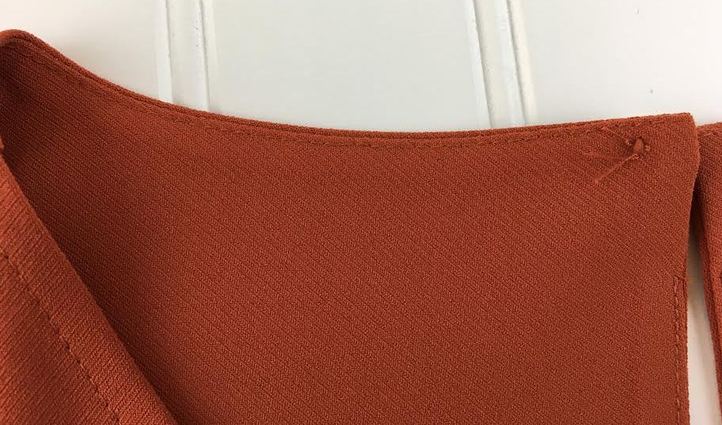
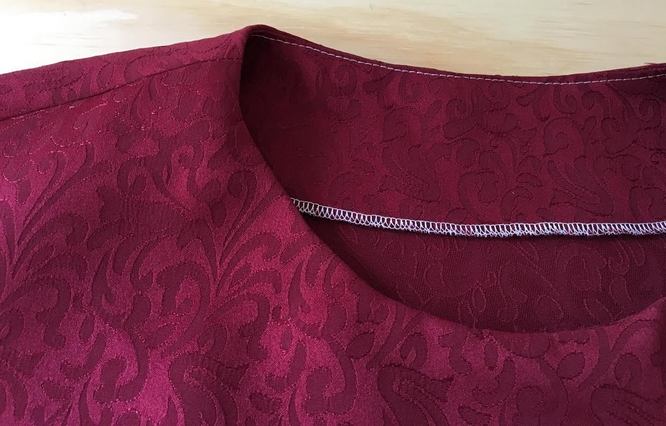
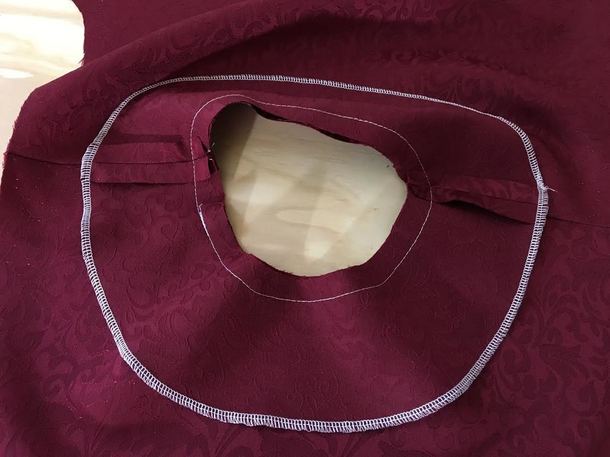
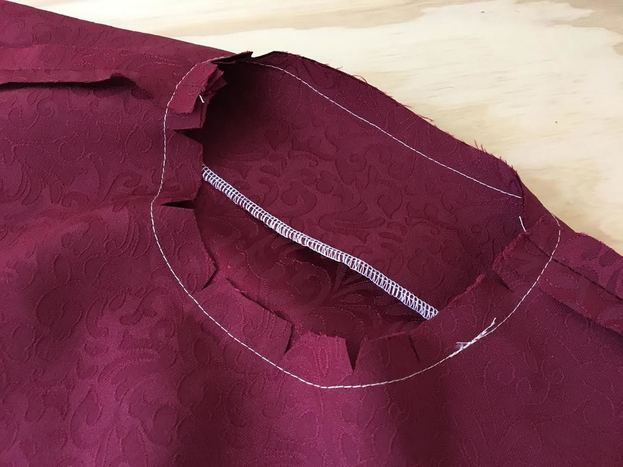
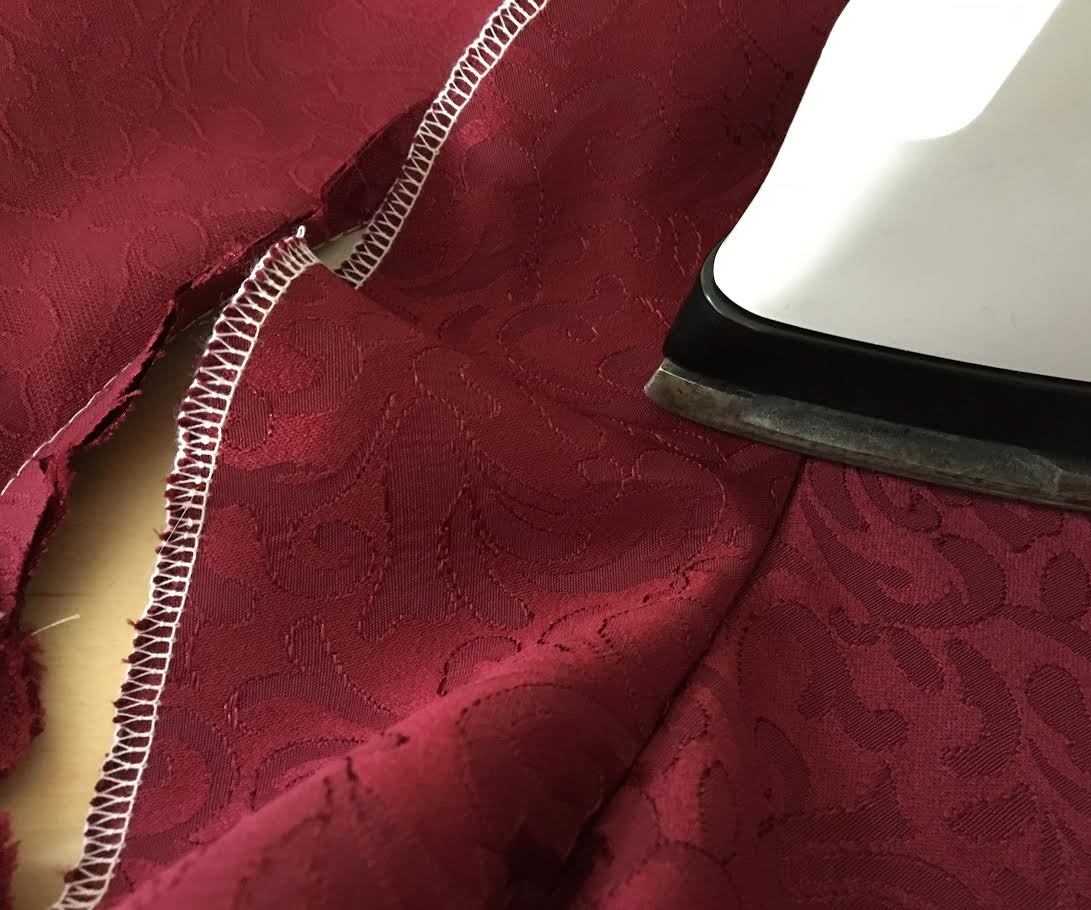
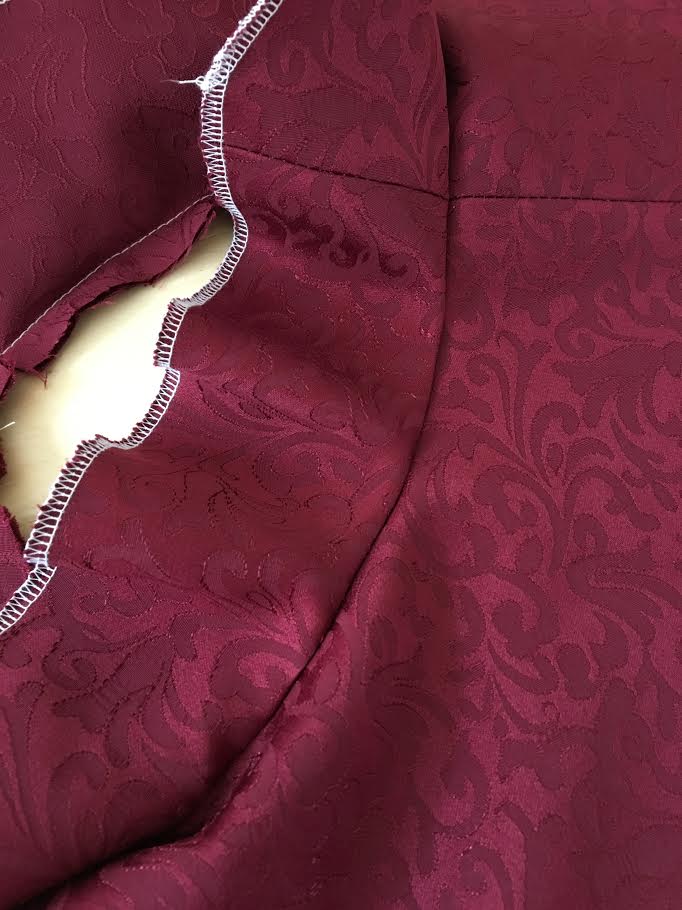
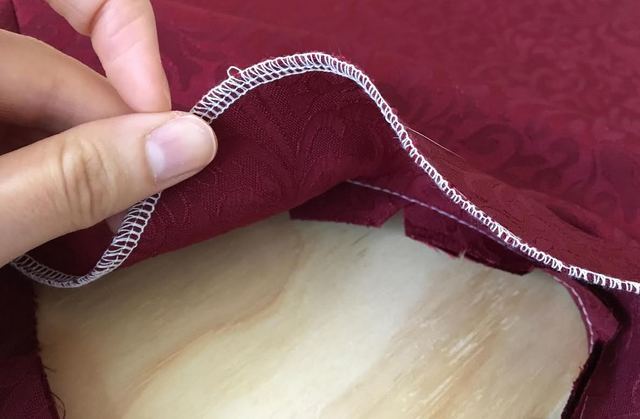
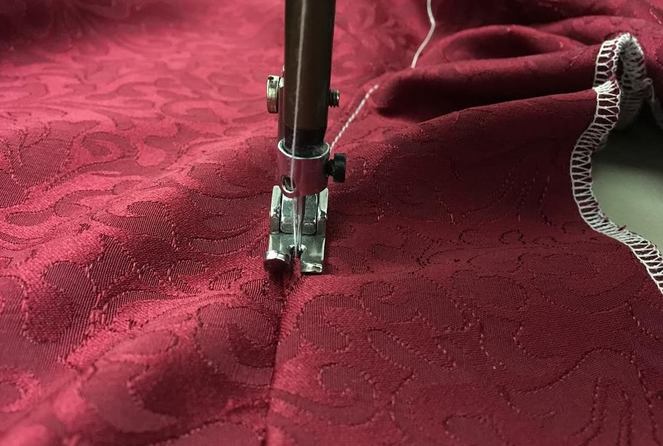
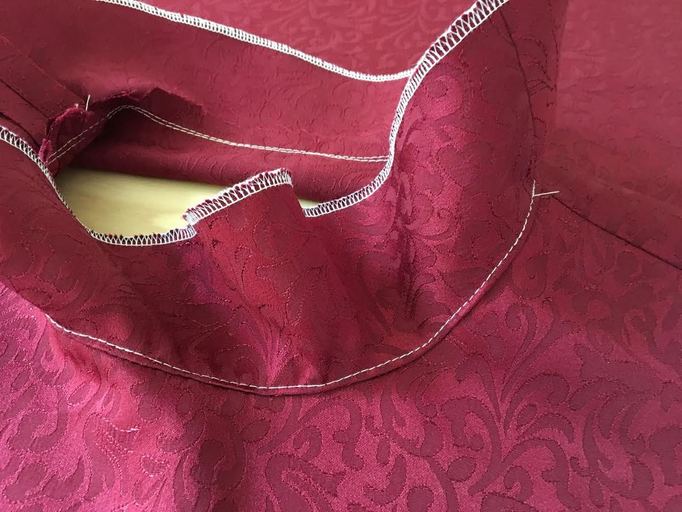
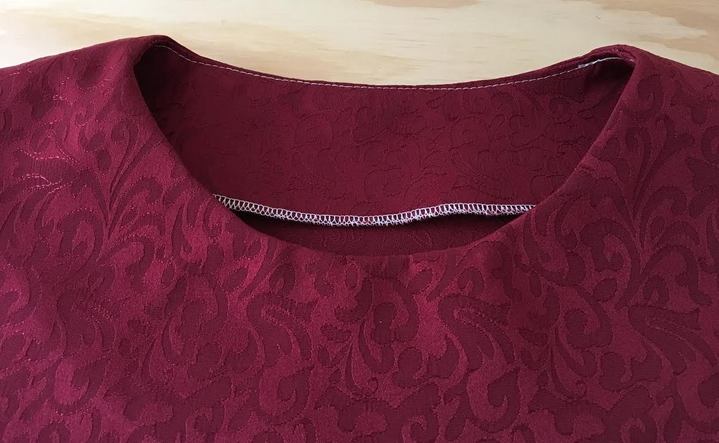
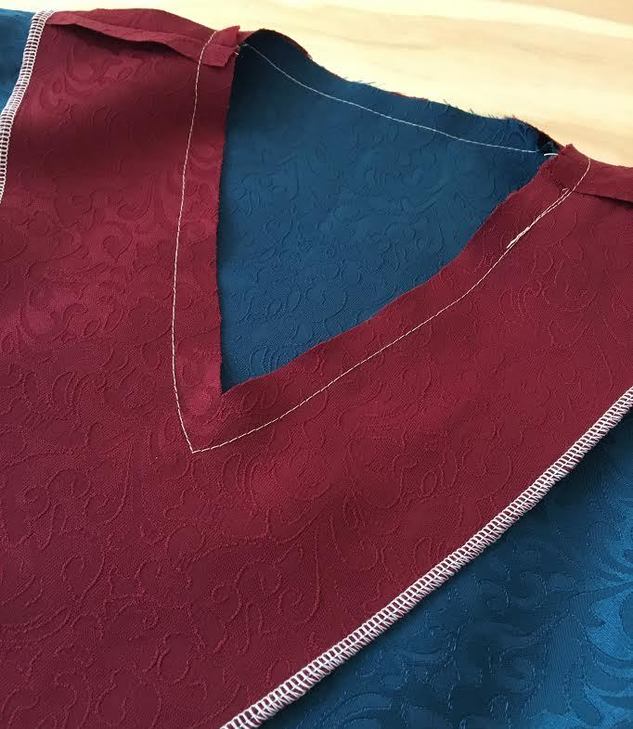
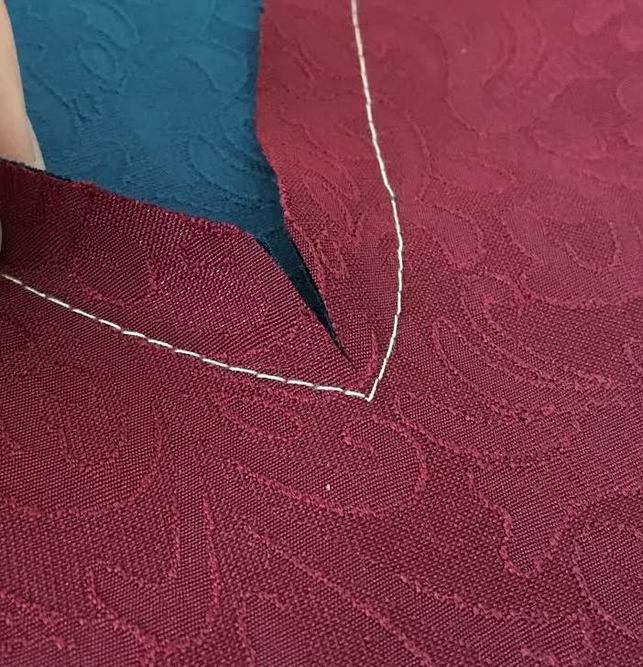
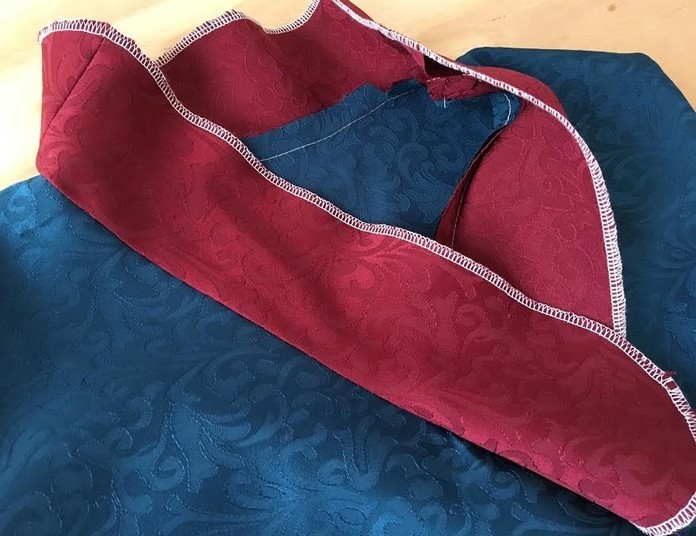
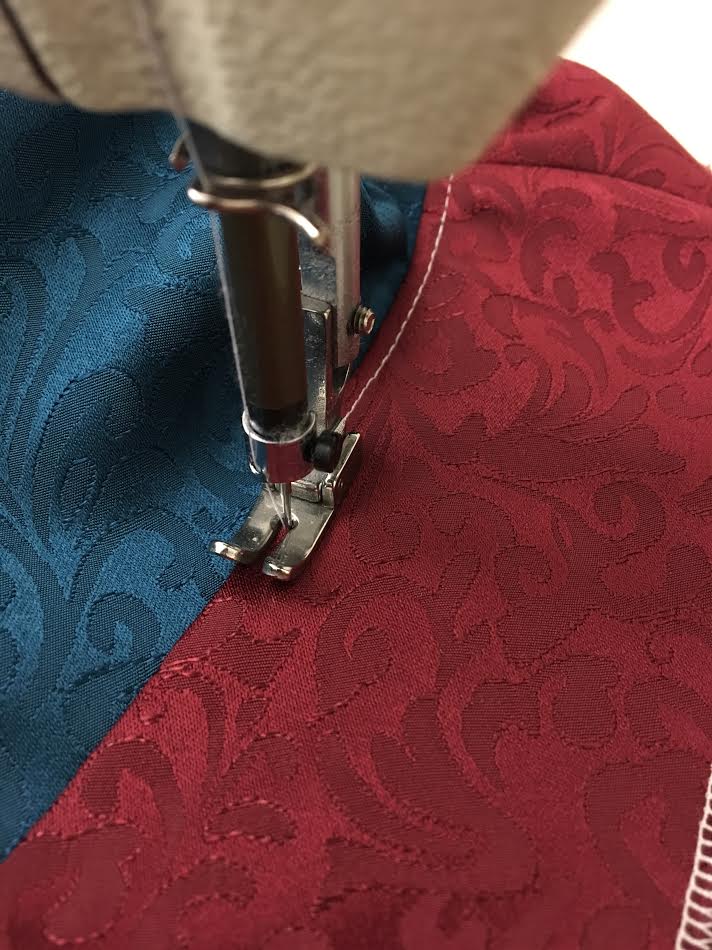
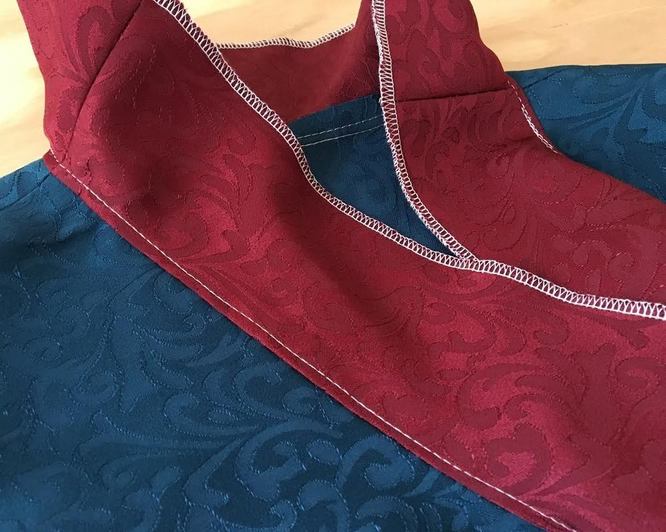
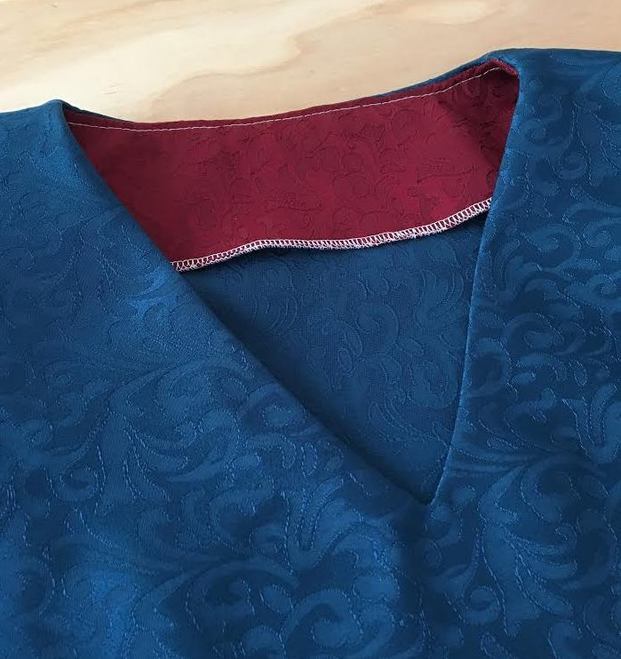
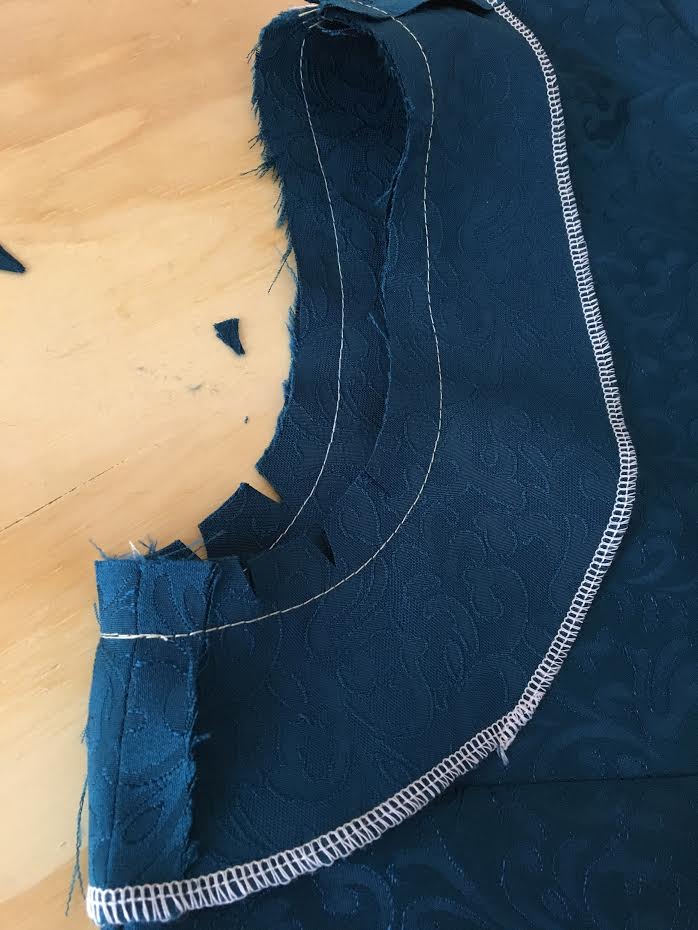
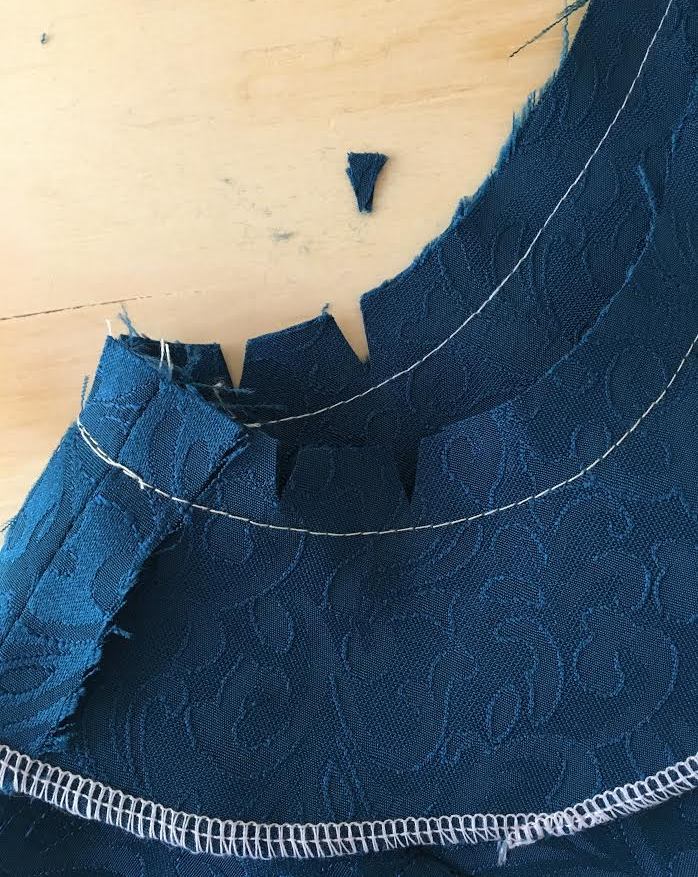
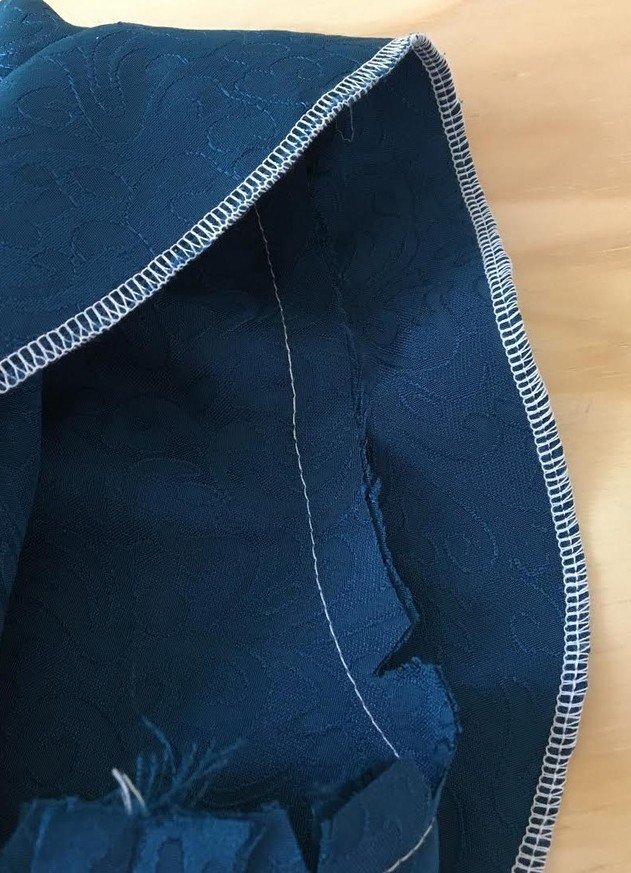
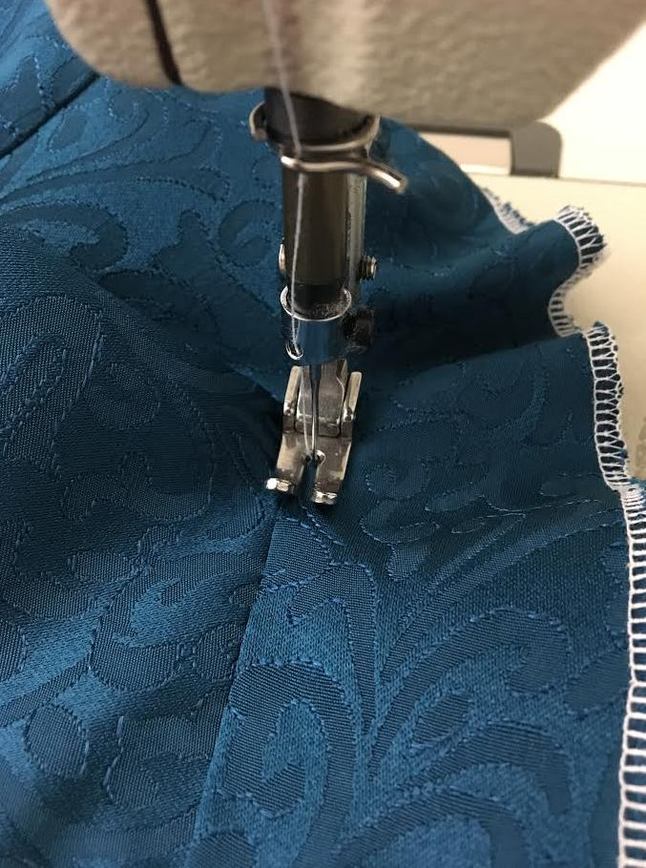
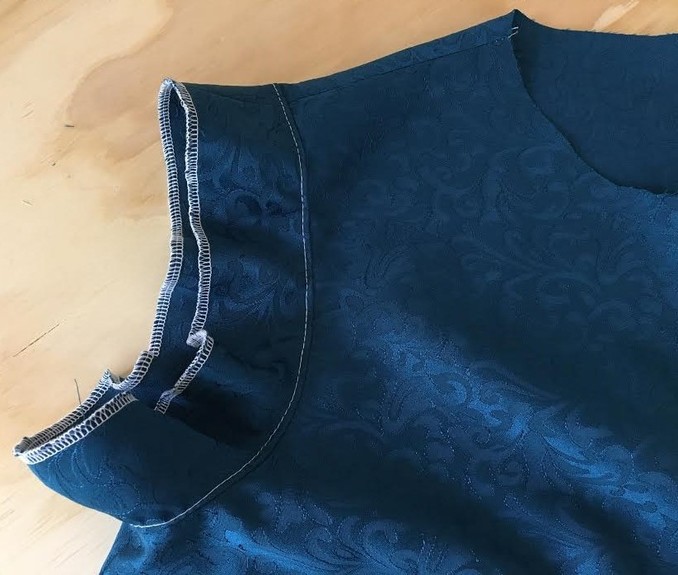
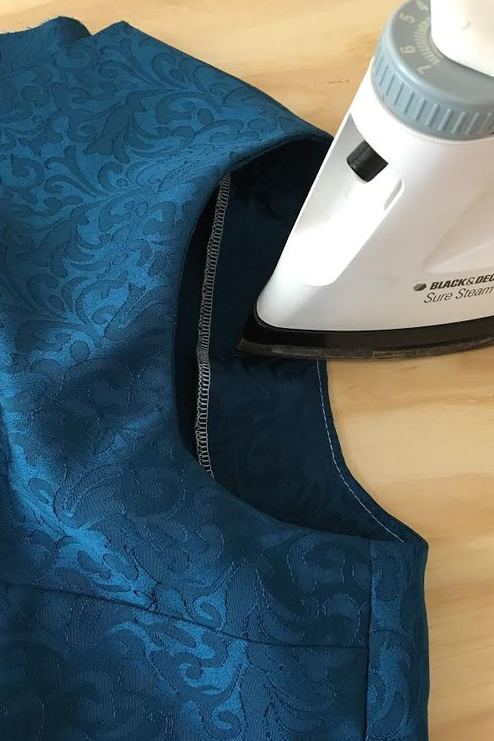
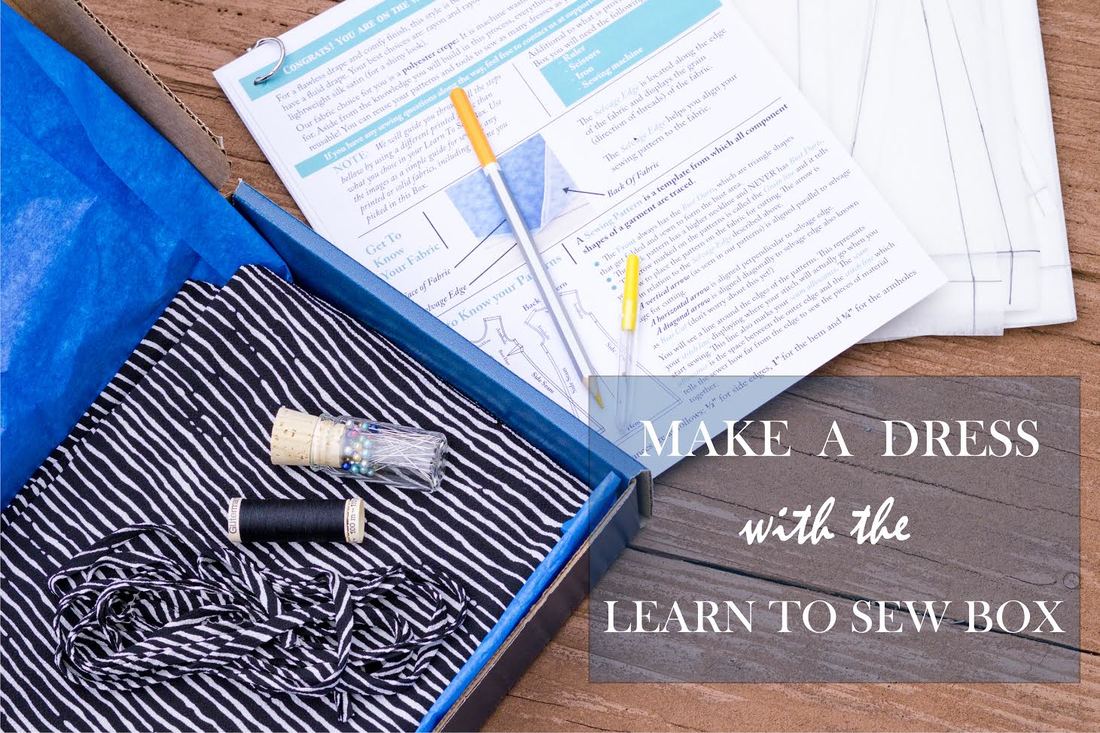


 RSS Feed
RSS Feed

